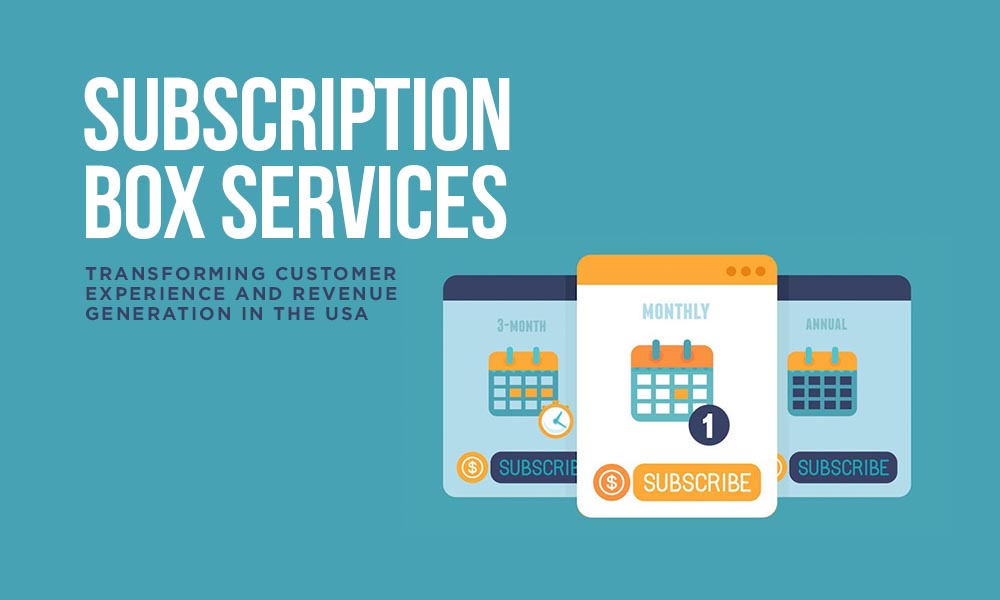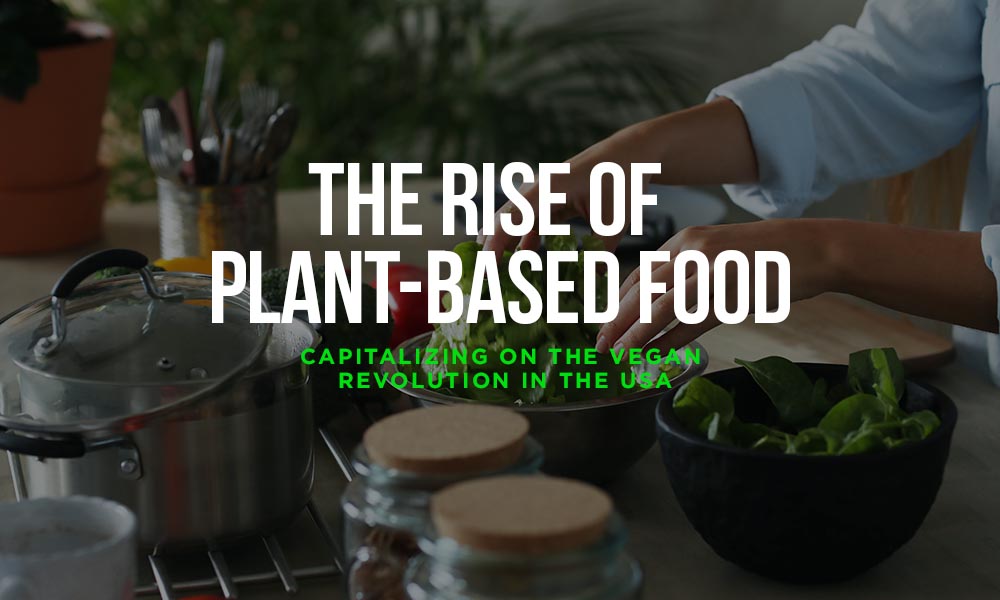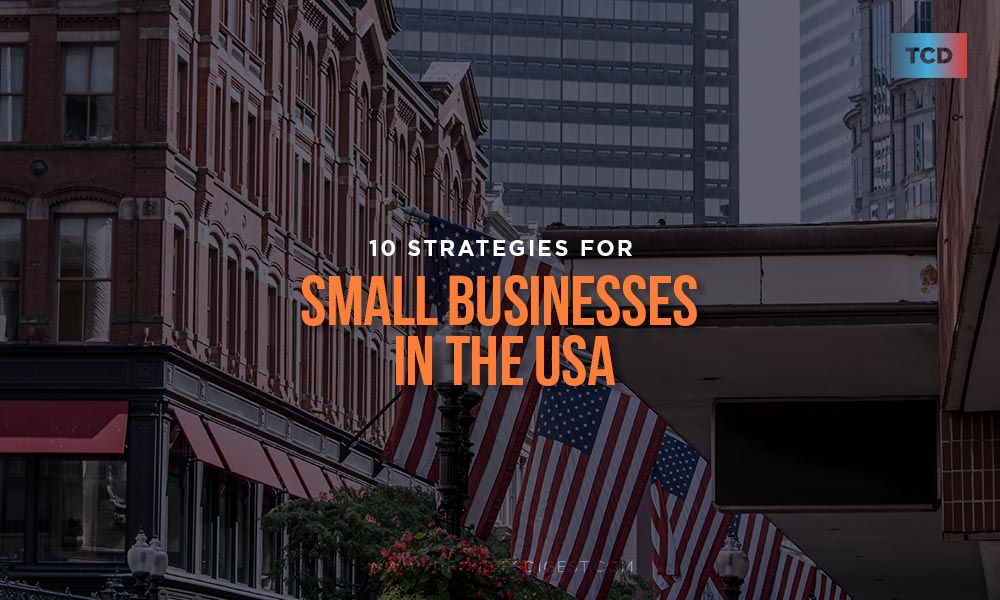Subscription business models have spread across industries over the last few decades. Netflix subscriptions have supplanted DVD collections, and Spotify replaced CD shelves. Meanwhile, subscription services such as Blue Apron, Dollar Shave Club, and Stitch Fix offer everything from dinner to dresses to customers’ doors on a “set and forget” recurring basis.
This is the subscription economy, and it is rapidly expanding. According to Zuora data, revenue in subscription businesses has become roughly 5x faster than revenue in the retail sector.
Several factors have fueled this growth, including advancements in the technology infrastructure that supports it. Perhaps more importantly, the subscription model fits incentives on both sides of the equation, providing businesses with stability while providing consumers with affordability and convenience.
What is the subscription revenue model?
Customers are charged a recurring fee that is collected at regular intervals under the subscription revenue model. Subscription revenue is based on long-term relationships with customers who will pay regularly for using the product or service, also known as recurring revenue.
The ability of growth to compound over time is what makes subscription revenue so powerful. Instead of remaining constant month after month, revenue grows with each new subscriber. Revenue grows exponentially as long as companies gain new subscribers quicker than they lose them.
How is the Subscription Box Model Effective in Enhancing Customer Experience?
Before we see how the subscription box model has given a new dimension to the growth of revenue for businesses in the USA, it is needed how it impacts the customer experience.
Low-Cost Offers– For starters, many subscription models offer a low barrier to entry for a service, enticing customers with a low price point to access their favorite shows or activities. A consumer can select a service and purchase with the click of a button.
Once a consumer has purchased a subscription, companies offer ongoing low-cost monthly payments, which is beneficial to consumers with short attention spans. They can instantly access extensive, curated content for as little as $10 to $15 per month (e.g., premium streaming service Spotify for $9.99 per month).
Evolution of Offer at Regular Intervals– Looking beyond the pricing, the evolution of the overall proposition is an essential component of a successful subscription model. To remain relevant, companies’ subscription services have to change over time to meet the needs of their customers.
The most successful businesses will recognize and adapt to these needs, ensuring that the subscription retains its perceived worth to the consumer over time. Delivering a superior all-around experience is one aspect of meeting consumer needs. According to FIS’s report, 68 percent of customers who cancel their subscriptions do so due to poor customer service, implying that when it comes to maintaining long-term relationships, having a strong customer experience strategy in place is critical.
Customer experience and personalization
According to data, businesses are heavily investing in customer experience: According to a recent Gartner study, more than half of businesses are shifting their investments towards customer experience innovations, indicating their growing importance in overall business strategy.
Keeping Customer’s Cards Updated– One way for businesses to provide a positive customer experience to their customers is to keep their credit card information up to date. If a card is replaced due to expiration, fraud, or loss, it is the consumer’s responsibility to remember to refresh it with all brands with whom they have stored payment information. If they do not, their subscription renewals will fail, affecting both retention and customer experience.
Brands can make sure that payment information is correct and that they have maximized renewal opportunities through timely communication and, more importantly, by utilizing the Card Account Updater service, which is available to merchants processing card payments.
Personalization– Personalization is critical once a company has established a path to providing an effortless and positive experience. Customers like the ‘Are you still watching?’ style that video streaming services like Netflix, Amazon Prime, or Hulu use to check if viewers are still watching.
Subscription Box Services & Revenue Growth-
What types of businesses rely on a subscription revenue model?
Video, Music, Books, & Membership Sites
Companies or platforms that offer ongoing access to content—like video, audio, or books, mostly use subscription-based revenue models.
In the streaming-video industry, Netflix, Hulu, and HBO offer high-quality entertainment for a low price.While your $8.99 monthly fee for Netflix might feel small, those of us who have been subscribed for 5+ years have each added over $500 to Netflix’s coffers.
Subscriptions are also popular for music and books. For music, chances are you’re already a subscriber to Spotify, Apple Music, or Tidal—or all three. Amazon provides an ebook subscription service, and Audible provides unlimited access to audiobooks as long as you remain a subscriber.
SaaS, Utilities, Insurance, & Leasing Firms
Service businesses are also primed for subscriptions.
Many software firms now provide their software as a subscription service (SaaS) instead of a one-time purchase. It is much more difficult for developers to implement changes and improvements to their products with more traditional one-time software sales, depending on difficult update systems to deliver those enhancements to the end customer. Subscription-based remotely hosted software packages make it much easier for software manufacturers to enhance their products over time. Customers do not need to worry about hosting the software or keeping it up to date.
How is the subscription box model a profitable revenue model?
Subscription payments, as opposed to one-time purchases, occur regularly—typically every week, month, quarter, or year. When compared to one-time purchases, each recurring payment is smaller—this makes subscriptions more affordable for consumers, but it means businesses must keep customers around for a longer period to capture more revenue.
While many subscription companies provide month-to-month subscriptions, others sell their services on a contractual basis. Your cell phone plan is a good example of this—you may pay monthly, but you’re committed to an annual (or longer) contract with the subscription provider. However, as month-to-month subscriptions become more common and customers demand greater flexibility, the contract model is losing favor.
Conclusion-
In the USA, the achievements of the subscription-based model have been phenomenal. From improving customer experience to revamping the revenue model, subscription services have achieved everything emphatically. The service is used by content-providing platforms to software companies and others. It is a perfect business model for all kinds of companies.











